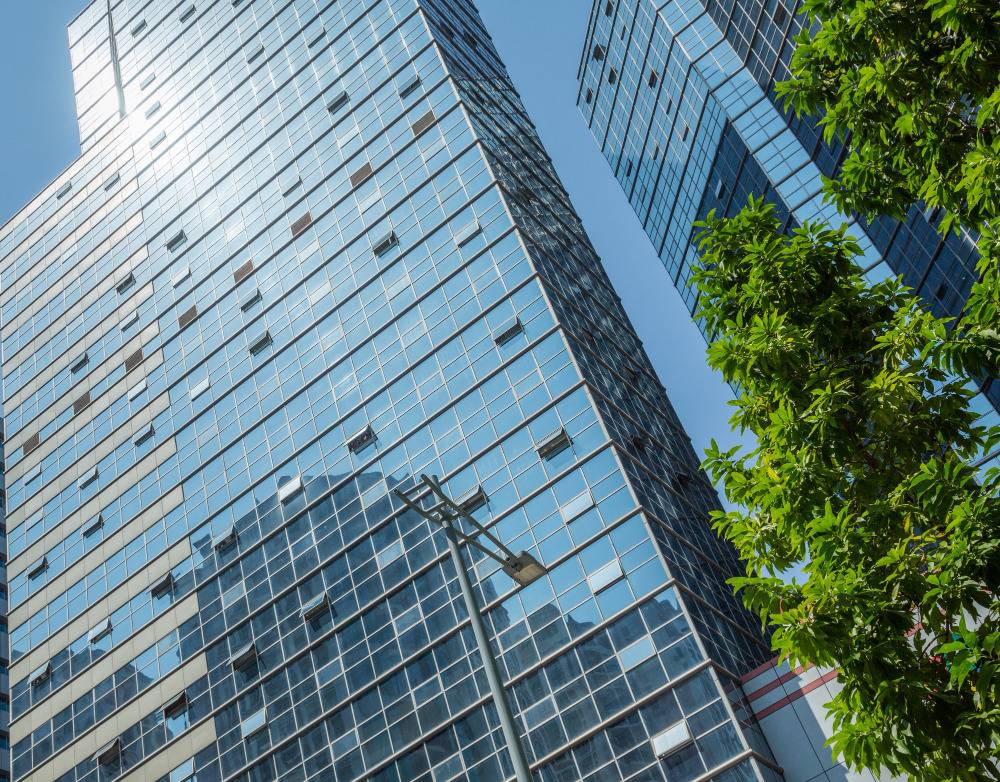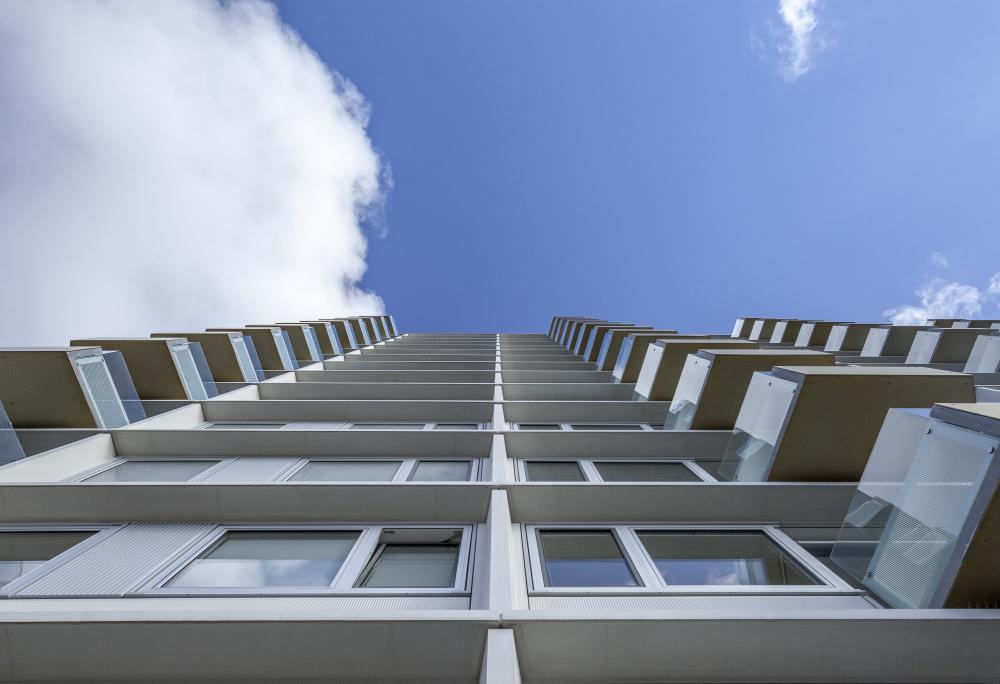

Principles of building sustainable homes in Europe
This article is about the trend towards reducing energy consumption in Europe and ways to reduce environmental damage caused by the construction and operation of buildings. You will find out how to improve the energy efficiency of housing, as well as what are the features of "sustainable" houses.
EU Green Directives
In April 2023, the European Parliament approved the revision of the Energy Performance Of Buildings Directive (EPBD). It is not yet finalised, but homeowners and homebuyers in the EU should already be guided by the vector outlined in it. According to its provisions, by 2030 it will be possible to sell or rent only property with energy efficiency class not lower than E, and by 2033 - not lower than D.
The global goal that Europe aims to achieve with its "green" initiatives is to reduce carbon emissions by at least 55% by 2030 (compared to 1990), and in the long term to become a carbon-neutral continent.
Another directive (Energy Efficiency Directive), adopted in July 2023, obliges EU countries to achieve an average annual energy saving rate of 1.5 per cent between 2024 and 2030, almost double the current 0.8 per cent.
Laws being passed in Europe are affecting property values and European markets right now (we've covered this in detail). For example, in the UK, flats or houses with a high energy efficiency rating can cost £40,000 more than those with the lowest.
Passive or sustainable house?
The main benchmark and ideal in terms of energy efficiency are zero-energy houses. The standard for such buildings was developed back in the late 1980s in Germany. A distinction is made between so-called passive houses, i.e. those that consume no more than 15 kWh/m² per year. Active houses go even further - they produce more electricity than they consume, but there are not many such examples in the world.
Today the term "sustainable house" is used, i.e. a house that provides optimal living conditions while minimising energy consumption. There are many ways to achieve this, from the specific orientation of facades to the use of environmentally friendly materials and construction methods. Today, many models of such buildings have already been developed. They have Passivhaus or BREEAM certification, are characterised by almost zero resource consumption and are often bioclimatic (designed to make good use of the terrain).
Principles adopted in the construction of environmentally sustainable houses Energy saving.
The construction of environmentally friendly houses uses materials and technologies that reduce the need for energy: energy-saving appliances, efficient heating and cooling systems, supply and exhaust ventilation with heat recovery, LED bulbs. In addition, such buildings often generate their own energy using solar panels or wind turbines.
- Water conservation. Sustainable homes utilise water harvesting and reuse systems such as rainwater cisterns and wastewater systems. They may also have low-flow fixtures such as dual-flush toilets and low-flow shower heads.
- Green construction. Green homes are built with eco-friendly materials, meaning they are recyclable, biodegradable, non-toxic and derived from sustainable sources. For example, wood from sustainable forests, low-VOC paints and finishes, and insulation made from cellulose or sheep's wool.
- Passive Design. Green homes are designed to make optimal use of the natural environment, thereby reducing the need for artificial heating and cooling. This may include orienting the home to maximise sunlight, natural shading, and ventilation. It also includes installing double or triple glazed windows to improve insulation.
- Waste management. Eco-friendly homes usually have composts and recycling systems to minimise the amount of waste going to landfill.
- Improved indoor air quality. This type of home is characterised by excellent indoor air quality. This is achieved through the use of low-emission building materials and finishes, not to mention effective ventilation to reduce moisture build-up.
How much can a green home save?
The degree of energy savings can vary depending on the strategies implemented and the features of the house. In buildings built without modern approaches, heat loss can be as high as 20-30%.
By improving ceiling, floor and wall insulation and replacing old windows with more efficient ones, significant heat savings can be achieved. Although the amount depends on each case individually, the average annual saving for a house of around 90 square metres is around €1,000.
This figure can increase significantly if, for example, renewable energy sources such as solar panels are added. According to rough estimates, up to 60 per cent of heat can be saved in this way, which means more than 3,000 euros per year for a standard house.
It is not only photovoltaic solar energy that contributes to savings. Thermal energy for water heating can reduce consumption by up to 30 per cent. On the other hand, aerothermal or geothermal air conditioning systems can provide savings of 25 to 80 per cent.
These energy saving strategies can be applied to any type of home.
Does my home consume a lot?
Do you know how energy efficient your home is? An Energy Performance Certificate (EPC) will tell you. Each property is graded on a scale from A to G, with A being the highest level (marked in yellow) and G being the lowest (marked in red). More rarely a wider range is used - from A++ to H. C and D are considered to be average, and E, F, G are considered to be low.
Modern houses built within the last 10 years, as a rule, have class B and above.
But what if the house is old? How can the energy performance of the home be improved in order to firstly reduce utility bills and secondly increase the market value of the property. Several techniques are recommended.
- Improving insulation. Calculations show that quality insulation of walls, roof and ceiling can reduce the energy required for heating by 25%.
- Replacing windows with energy efficient ones. The savings will be even higher if you take care to install the "right" windows. This measure, along with improved thermal insulation, prevents mould growth and spread of mould, as the rooms maintain a favourable microclimate without excessive dampness.
- Replacing light bulbs with LED bulbs. They consume 10 times less electricity than incandescent bulbs and do not contain toxic substances.
- Replacing household appliances with energy efficient ones. All household appliances should be AAA class.
- Use of "smart home" systems. Automatic regulated systems can control the heating supply depending on external factors, switch lights on and off and so on.



